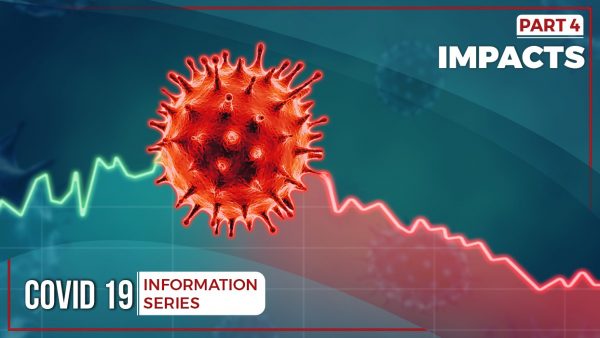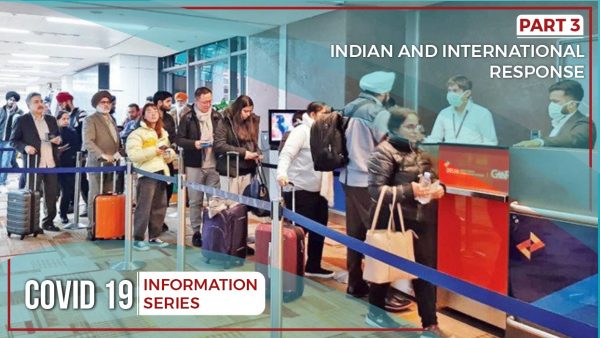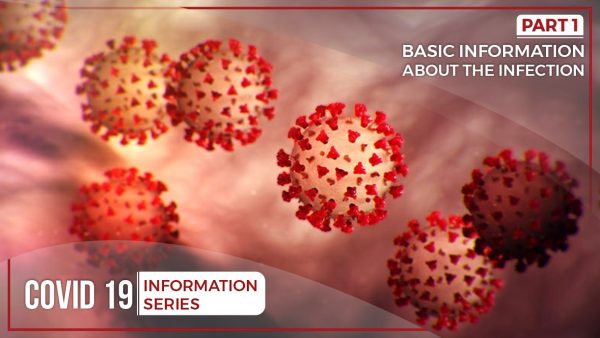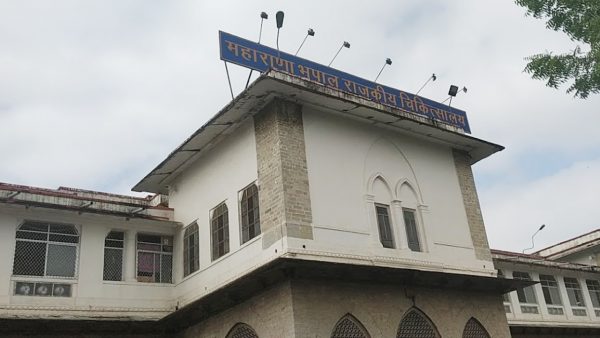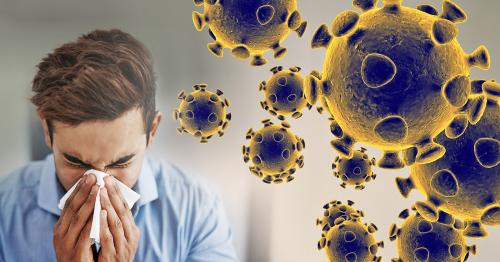Posted inFeatured
A startup from Udaipur created a Covid-19 vaccine slots finder chatbot
The world's changing, daily. As are we, updating ourselves and everything around us. It was not that long when we started to use applications on our smartphones and its not…


